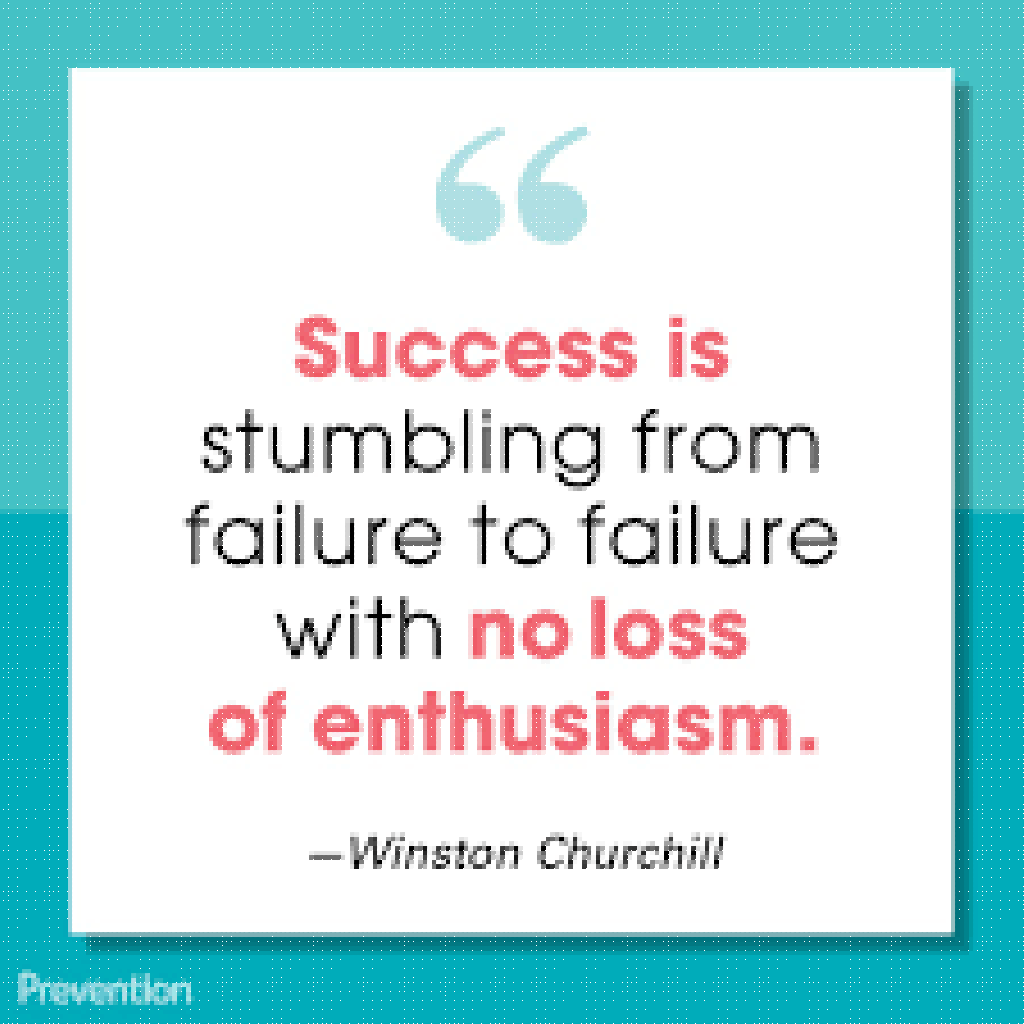Executive Summary
With the advent of globalization and advancement in information and communication technology, multinational corporations have been able to do business in different parts of the globe. This has seen the emergence of what are referred to as global virtual teams. These teams are composed of people who work for the same organization but in different countries with different cultural backgrounds and time zones. The members of global virtual teams rarely meet face to face but interact more frequently using various communications channels such as email, skype, short messaging, or video conferencing. For the team leader of such a team to make it more effective, he or she has to have a good understanding of the concepts of effective leadership, effective decision making, self-managing teams, cultural diversity, time differences, managing a culturally diverse workforce, and managing global virtual teams.
The other strategy is to do regular assessments of the environment in which the employees are working in with special attention being given to diversity issues.
Executive Summary



Executive Summary
Success isn’t about the end result, it’s about what you learn along the way. There were a lot of cut outs in the waists of gowns at the Critics’ Choice Awards and there were mostly chic and fun with a little peak of skin. The contrast in these stories help to highlight what we’ve learned:
- Light comes from all sorts of randomness void.
- It’s a blessing, but also a terrible defect sensational.
- Smart phones are a massive energy drain.
- Buy SmartMag for your successful site.

Organizations can also consider sending employees to different countries to work as expatriates. This would expose them to various cultures. The employees can also be trained on how to deal with culture shock. This would enhance their efficiency and ability to work in diverse cultures. Above all, managers should have regular meetings with their staff to discuss how best to deal with diverse cultures. During the meetings, each employee should be allowed to air his or her views in regards to the challenges which they face as they deal with employees
from different cultures.
Managers should be regularly trained in various cultures of the nations of the world. This should be aimed at equipping them with a general overview of various cultures for various nations to be in a good position to manage a culturally diverse workforce.
Organizations can also consider sending employees to different countries to work as expatriates. This would expose them to various cultures. The employees can also be trained on how to deal with culture shock. This would enhance their efficiency and ability to work in diverse cultures. Above all, managers should have regular meetings with their staff to discuss how best to deal with diverse cultures. During the meetings, each employee should be allowed to air his or her views in regards to the challenges which they face as they deal with employees from different cultures.
Managers should be regularly trained in various cultures of the nations of the world. This should be aimed at equipping them with a general overview of various cultures for various nations to be in a good position to manage a culturally diverse workforce.
Executive Summary
Time differences Global virtual teams are found in various countries across the globe. These countries have different time zones. For example, while it can be day time in a country in Europe, it can be night in an Asian country. These time differences make it hard for the team leader to have the opportunity to meet all the members of the team at the same time either through video conferencing or even phone calls.
As a global virtual team leader, I would take the step of initiating what is called shift overlap, which entails coming too early or staying late in the office to have a phone conversation instead of the usual email or fax conversations which are less lively. This would enhance the team’s spirit and bond it together. I would also set a day of the week or two days when I would be calling all the members of the team to discuss a few issues which are of interest to the team.
How to manage global virtual teams
As a leader, one of the leading steps which I would take is a careful selection of the members of the global virtual team. Selection is very critical because it ensures that the team has members who have good interpersonal skills which are a key ingredient for the success of global virtual teams. The selection of people with poor interpersonal skills may lead to stagnation of the team due to poor communication and interaction among the virtual team members (Gibson, 2003).
Conclusion
The paper was about the topic of global virtual teams. In the paper, it has emerged that for the virtual teams to be effective, there is a need for the leaders to come up with some leadership steps to help them accomplish the task. What has come out is that there is a need for the leader to understand the cultural backgrounds of the team members. There is also the need to hold regular meetings for all the team members. Above all, it is important to select team members who have excellent interpersonal skills to avoid stagnation of the team.
Organizations can also consider sending employees to different countries to work as expatriates. This would expose them to various cultures. The employees can also be trained on how to deal with culture shock. This would enhance their efficiency and ability to work in diverse cultures. Above all, managers should have regular meetings with their staff to discuss how best to deal with diverse cultures. During the meetings, each employee should be allowed to air his or her views in regards to the challenges which they face as they deal with employees from different cultures.
Managers should be regularly trained in various cultures of the nations of the world. This should be aimed at equipping them with a general overview of various cultures for various nations to be in a good position to manage a culturally diverse workforce. They should specifically be trained on the five dimensions of cultural differentiation for various countries as studied and documented by the renowned psychologist Dr. Geert Hofstede (International business center, n.d).
Organizations can also consider sending employees to different countries to work as expatriates. This would expose them to various cultures. The employees can also be trained on how to deal with culture shock. This would enhance their efficiency and ability to work in diverse cultures. Above all, managers should have regular meetings with their staff to discuss how best to deal with diverse cultures. During the meetings, each employee should be allowed to air his or her views in regards to the challenges which they face as they deal with employees from different cultures.











